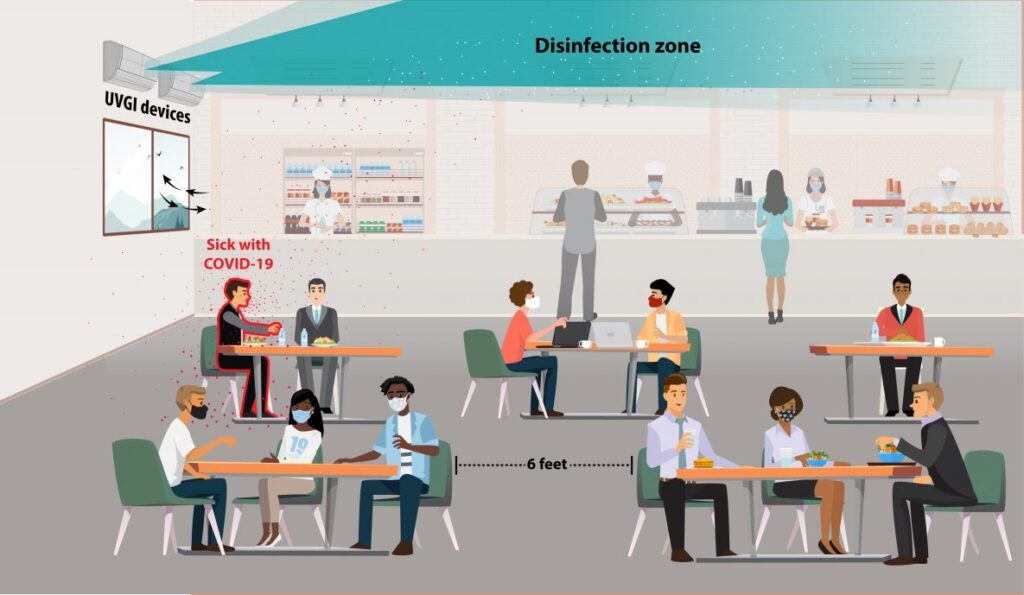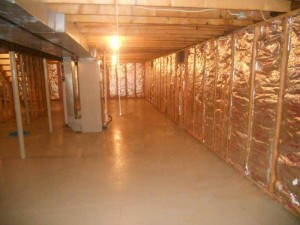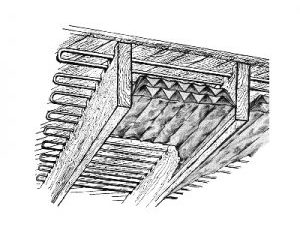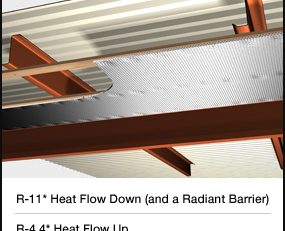PPE Decontamination with Reflective Foil Insulation

Introduction
When battling infectious diseases, proper Personal Protective Equipment (PPE) is a critical safeguard for healthcare workers and patients alike. The recent COVID-19 crisis has strained PPE supplies, necessitating creative approaches to ensure their prolonged use and effective decontamination. This article explores a novel method that involves utilizing foil insulation to decontaminate single-use PPE, mitigating shortages and bolstering protection for frontline responders.
Link to original source here, Omnidirectional Ultraviolet (UVC) Chamber Irradiation for Crisis Decontamination and Reuse of Select Personal Protective Equipment
Addressing PPE Shortages and Contamination Concerns
In times of PPE scarcity, conventional reasons for discarding PPE, such as material soiling, contamination, or perceived performance loss, must be reconsidered to ensure conservation of resources. However reusing PPE that has been compromised can impact the safety of both healthcare providers and patients, emphasizing the need for innovative solutions.
Ultraviolet Germicidal Irradiation (UVGI) and PPE Decontamination
One solution involves the deployment of Ultraviolet Germicidal Irradiation (UVGI) technology using commercial UVC light. This method has already proven effective for the decontamination and reuse of single-use N95 masks within traditional healthcare settings. The key lies in effectively harnessing the power of UVGI to neutralize pathogens and contaminants on PPE surfaces, thereby extending their usability while maintaining safety standards.
The Role of Foil Insulation in PPE Decontamination
The use of foil insulation, known for its high reflectivity, is an ideal material to use in the decontamination process. By transforming spaces into UVC-reflecting chambers with reflective aluminum-based materials, the intense UVC light can be effectively harnessed for disinfection. The reflective nature of foil insulation maximizes UVC exposure from various angles, eliminating shadowing and ensuring comprehensive coverage across PPE surfaces.
Simple and Cost-Efficient Implementation
The key to this approach is simplicity and accessibility. Converting a room or space into a UVC-reflecting chamber requires lining the surfaces with reflective materials and strategically positioning UVC light sources. With readily available materials like Germicidal Lamps and reflective foil insulation, this setup can be achieved quickly and affordably.
Applications and Benefits
This method has many applications that can aid in preserving PPE supplies and ensuring healthcare worker safety:
- Extending the lifespan of select PPE items
- Decontaminating PPE worn by high-exposure healthcare providers before removal
- Periodically decontaminating PPE during shifts to minimize cumulative viral loads
- Mitigating the strain on PPE supplies during infectious disease outbreaks
Conclusion
As the global healthcare system continues to navigate through challenging times, innovative approaches like utilizing foil insulation for PPE decontamination emerge as versatile tools in our arsenal. By repurposing readily available materials, healthcare facilities can enhance their preparedness, address shortages, and protect the resolute individuals on the frontlines of patient care. Embracing such adaptive solutions helps ensure the safety of healthcare workers and enhances our collective ability to combat infectious diseases more effectively.





Leave a Reply